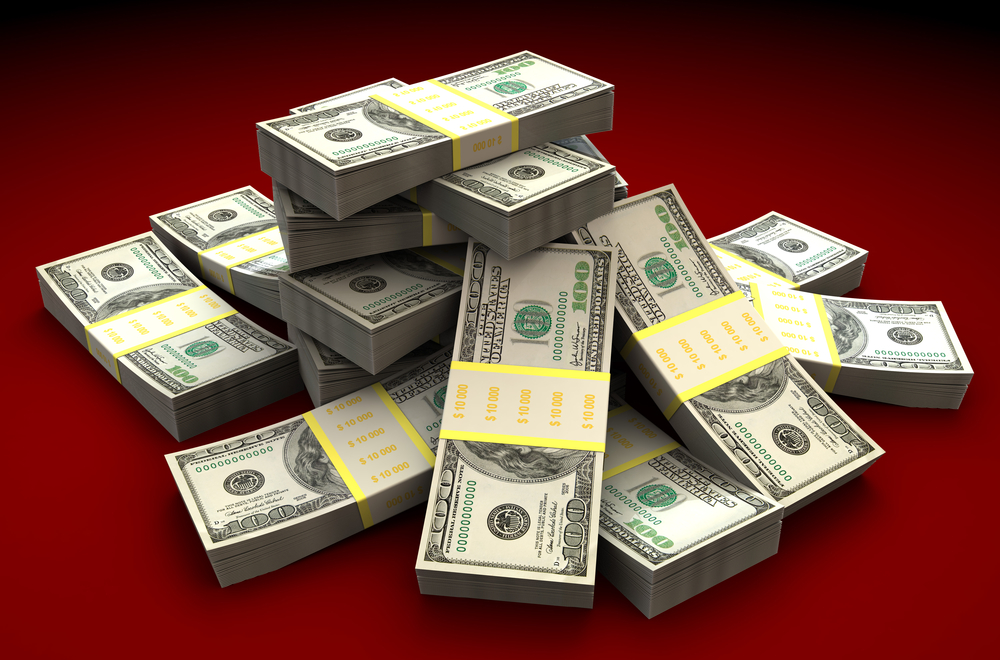The dollar rose to a 16-month high on Tuesday after data showed the US consumer looked past price increases and drove retail sales higher than expected last month, while the euro fell amid growth fears and a surge in COVID-19 cases in Europe.
US retail sales rose 1.7% in October, exceeding consensus expectations of a 1.4% increase, probably because Americans started their holiday shopping early to avoid empty shelves amid shortages of some goods as the ongoing pandemic squeezed supply chains.

As it became known https://newexness.com/login/, at 15:15 EST the dollar index rose 0.385% to 95.898, having earlier reached 95.928, the highest level since July 2020.
The dollar rallied as US inflation data last week showed consumer prices rising at their highest level since 1990, fuelling rumours that the Fed might raise interest rates earlier than expected.
"If you look at the US markets, there is much more speculation, at least within the implied market prices, that they will rise more than once next year," said Mazen Issa, senior currency strategist at TD Securities. "After last week's US consumer price index report, the dam has just broken and the dollar and the currency complex are certainly floating ahead."
"Today's retail sales report only adds fuel to the fire," he said.
The euro continued to fall against the dollar, falling 0.43 per cent to $1.13175. Earlier in the session, the single currency fell to $1.1315, its lowest level since July 2020.
European Central Bank President Christine Lagarde said on Monday that monetary tightening aimed at curbing inflation could stifle the eurozone's recovery, comments that were seen as a setback to calls and market rates for policy tightening.
The fall in the euro reflects the disappointing performance of the eurozone economy compared to the United States, which was unexpected in terms of more growth than the eurozone, said Marshall Gittler, head of investment research at BDSwiss Holding Ltd.
COVID-19 is gaining momentum again in Europe, he said, prompting some countries to think again about blockchain, while the spread of the virus seems to have stabilised in the United States for the time being.
"As a result, the market is increasingly nervous about the euro," Gittler said.
Austria imposed a quarantine for unvaccinated people on Monday and Germany's parliament is due to vote on Thursday on stricter measures to combat the growing number of cases. France, the Netherlands and many Eastern European countries have also seen a surge in infections.
"Fears that the situation could escalate and lead to greater tightening in the coming months are weighing on sentiment towards European currencies," MUFG currency analyst Lee Hardman said in a note to a client.
The British pound rose 0.1 per cent against the dollar to $1.3429, helped by data that showed British employers hired more people in October after the government's job protection layoff programme ended.
Elsewhere, the cryptocurrency bitcoin fell below $60,000 for the first time since November 1.
More news: THE NASDAQ HAS REACHED THE 15,000 MARK FOR THE FIRST TIME IN HISTORY. WILL THE DOW 36,000 BE NEXT?

